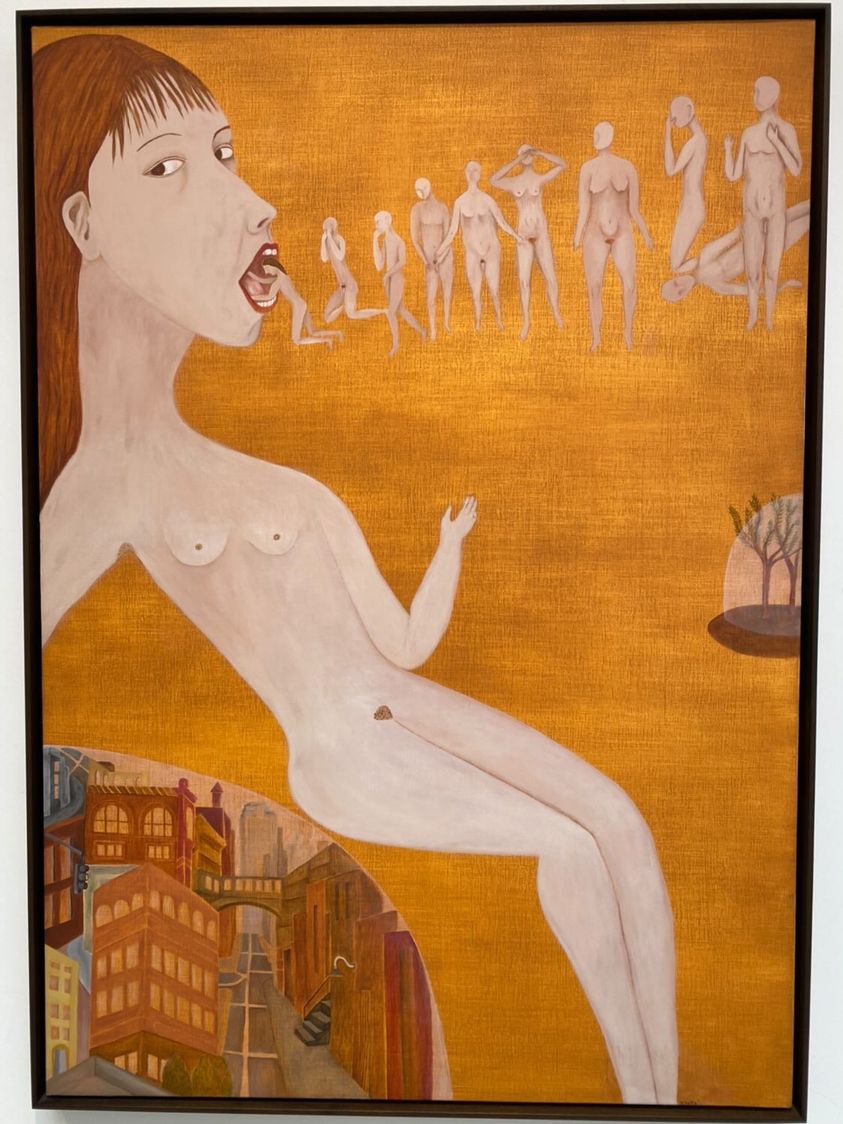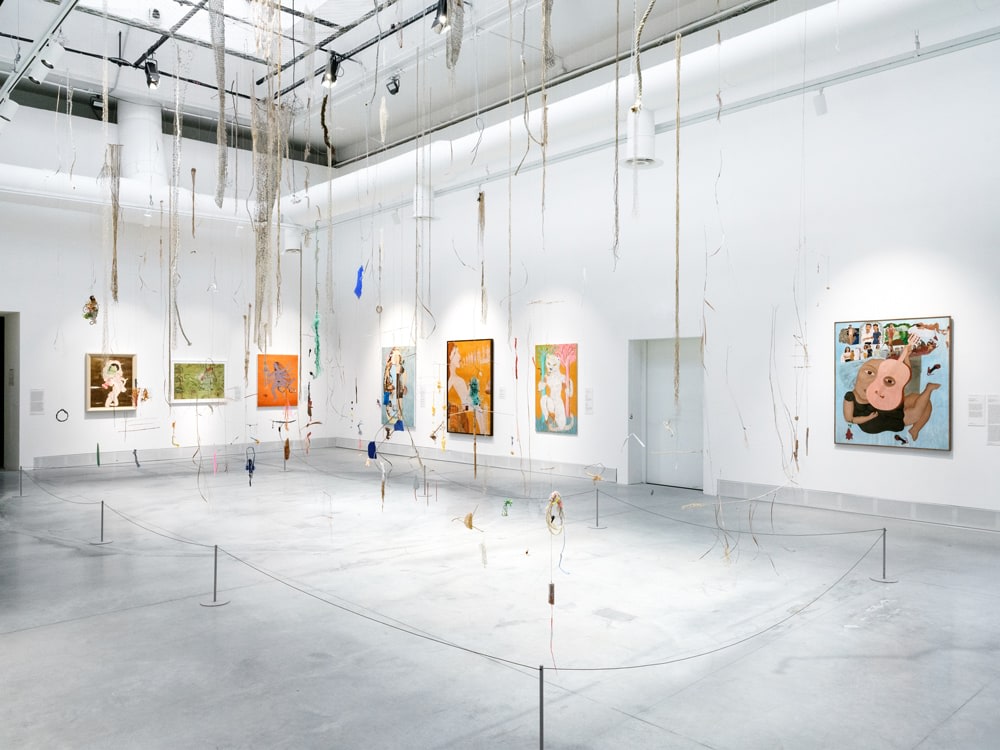Feminism and decolonization in the works of Cecilia Vicuña
Cecilia Vicuña is a Chilean artist and activist born in Santiago de Chile in 1948. Her works can be found in some of the most internationally renowned museum centers including the Tate Gallery in London, the Museo de Arte Contemporáneo de Chile, and the Berkeley Art Museum in California.
The artist’s long career bore fruit in 2022, when she was awarded, along with German artist Katharina Fritsch, the Golden Lion for Lifetime Achievement during the 59th Venice Art Biennale.
The focus of her artistic research revolves around the concept of impermanence, which on the one hand restores a sense of transience, and on the other highlights the precariousness of things. His sculptures are often balanced combinations of salvaged materials. An example is “Guardián,” 1967, a site-specific work on the beach of Concón in Chile, which brings into dialogue salvaged materials exposed to the elements, the sea, and the wind, making it vulnerable to the passage of time as well as our bodies and those of our ancestors, which is precisely why it is part of the works she calls “precarios.”

Cecilia Vicuña, Guardian 1967. Courtesy of the artist
Distinctive elements of Cecilia Vicuña’s work are her ability to combine current issues with a millenarian culture such as the indigenous one evident in the paintings “Leoparda de Ojitos” (1977) and La “Comegente” (1971).
These oil on canvas paintings were inspired by those made in Cuzco in the 16th century when natives were forced to convert to Christianity and worship religious icons distant from their beliefs. The “Leopard” standing between two trees, one pink and the other blue, is thus a form of cultural redemption, where the woman takes the form of this fantastical animal, with her coat studded with exposed nipples, freeing the imagination and at the same time the right to believe what one wants, in a decolonizing perspective.

La Comogente, Cecilia Vicuña. Photo by Sarah Cascone – Courtesy News Artnet
In the gardens of the Biennale then, inside the 2022 Central Pavilion, “NAUfraga,” an installation that once again highlights the artist’s connection with the earth and stands as an invitation to take care of it.
Cecilia Vicuna explains, “Nau stands for navis, ship, and break to break. Frega is the root of fragile but also of failure, our failure to care for the Earth. Nau Fraga travels to the memory of the Lagoon, its vegetation, and the ropes knotted by the first inhabitants. May the rustling of its twigs move our hearts so that we care for the Earth.”

CECILIA VICUÑA
NAUfraga, 2022 – Courtesy Lehmann Maupin
In short, an activist poet and all-around artist, Cecilia Vicuña represents one of the most interesting contemporary artists on the South American scene, which is increasingly intertwining with the European one, thus breaking down labels and territorial divisions as a sign of a common history and culture.

